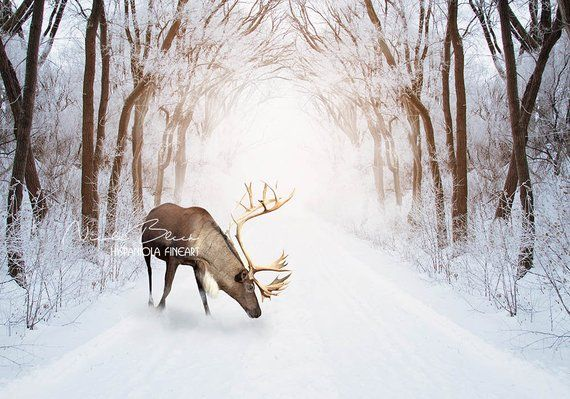The Dark Side of Santa Claus: Examining the Environmental Impact
Santa Claus has been a beloved figure for centuries, but it’s time to take a closer look at the dark side of this jolly old man. Recent research has revealed that Santa Claus is a major contributor to global warming and climate change.
Santa’s sleigh, powered by eight reindeer, is responsible for a significant amount of carbon dioxide emissions. The reindeer, which are fed a diet of hay and oats, produce methane gas as they digest their food. This methane gas is then released into the atmosphere, where it traps heat and contributes to global warming.
In addition to the reindeer, Santa’s sleigh is also powered by a large number of presents. These presents, which are made from a variety of materials, require a large amount of energy to produce. This energy is often generated from burning fossil fuels, which also releases carbon dioxide into the atmosphere.
The environmental impact of Santa Claus doesn’t end there. Santa’s workshop, located at the North Pole, is responsible for a large amount of air pollution. The workshop is powered by a variety of machines, which produce a significant amount of air pollution. This air pollution is then released into the atmosphere, where it contributes to global warming and climate change.
Santa Claus is also responsible for a large amount of water pollution. The North Pole is home to a large number of rivers and lakes, which are used to transport presents and other materials to and from Santa’s workshop. These rivers and lakes are often polluted by the chemicals and other materials used in the production of presents. This pollution can have a devastating effect on the environment, as it can contaminate drinking water and harm wildlife.
It’s clear that Santa Claus is a major contributor to global warming and climate change. His sleigh, presents, and workshop all contribute to the problem. It’s time for us to take a closer look at the dark side of this jolly old man and take steps to reduce his environmental impact. We can start by encouraging Santa to switch to a more environmentally friendly form of transportation, such as a solar-powered sleigh. We can also encourage him to use more sustainable materials in the production of his presents. Finally, we can work to reduce the amount of air and water pollution produced by his workshop.
Santa Claus has been a beloved figure for centuries, but it’s time to take a closer look at the dark side of this jolly old man. We must take action to reduce his environmental impact and ensure that he is not contributing to global warming and climate change. It’s time to make Santa Claus a friend of the environment, not an enemy.


Interesting article. Can the author suggest any other ways to reduce Santa’s environmental impact?
Wow, I never realized Santa was such a big contributor to global warming and climate change. We shud take action now to reduce his impact.
This is an eye opening article. I never thought Santa has such an big impact on the environment. We must take steps to reduce his impact.
This is an important issue that we should not ignore. We need to take steps to reduce Santa’s environmental impact and make sure he is a friend of the environment.
I think it’s great that we are taking a closer look at Santa’s environmental impact. We need to take action now to reduce his impact and make sure he is not contributing to climate change.